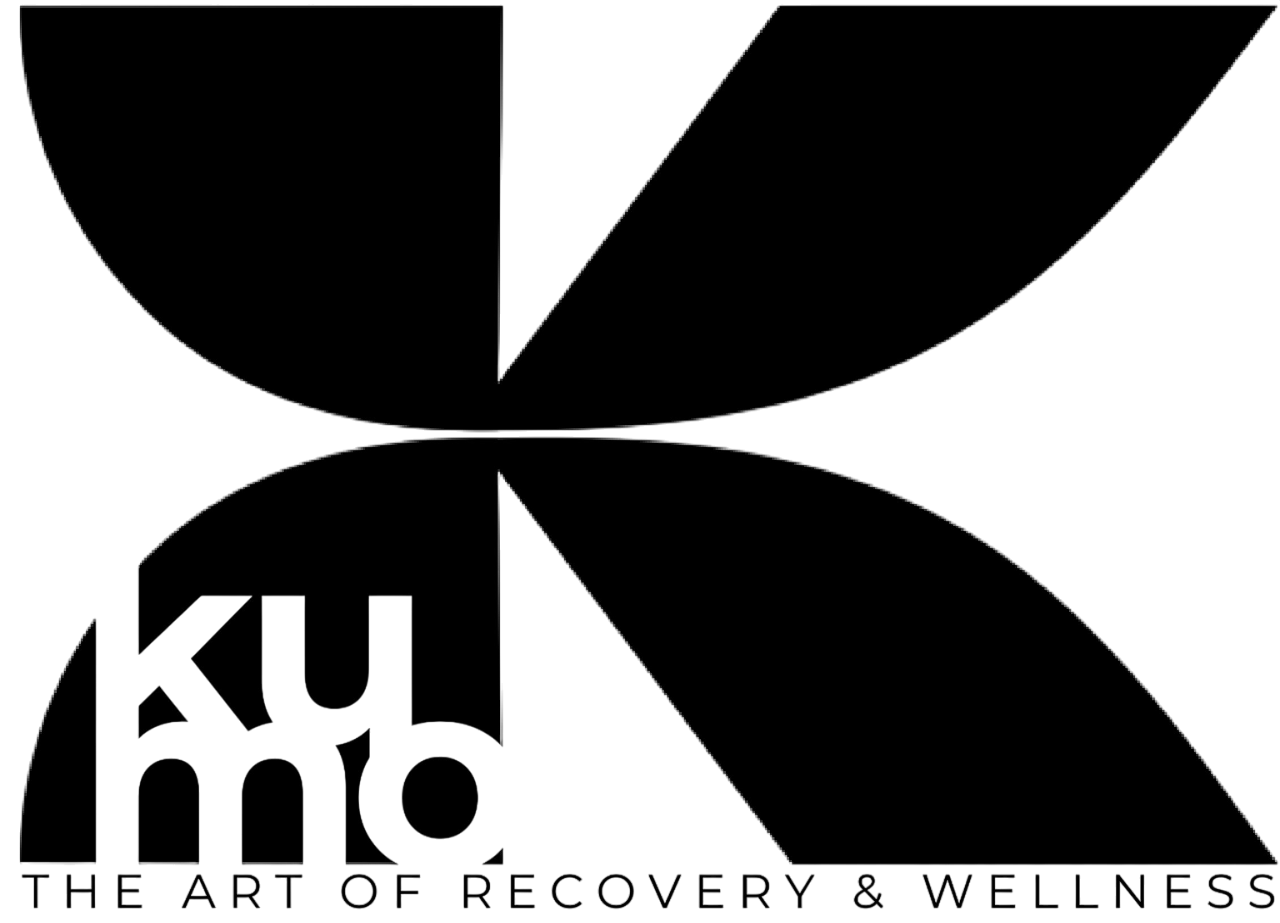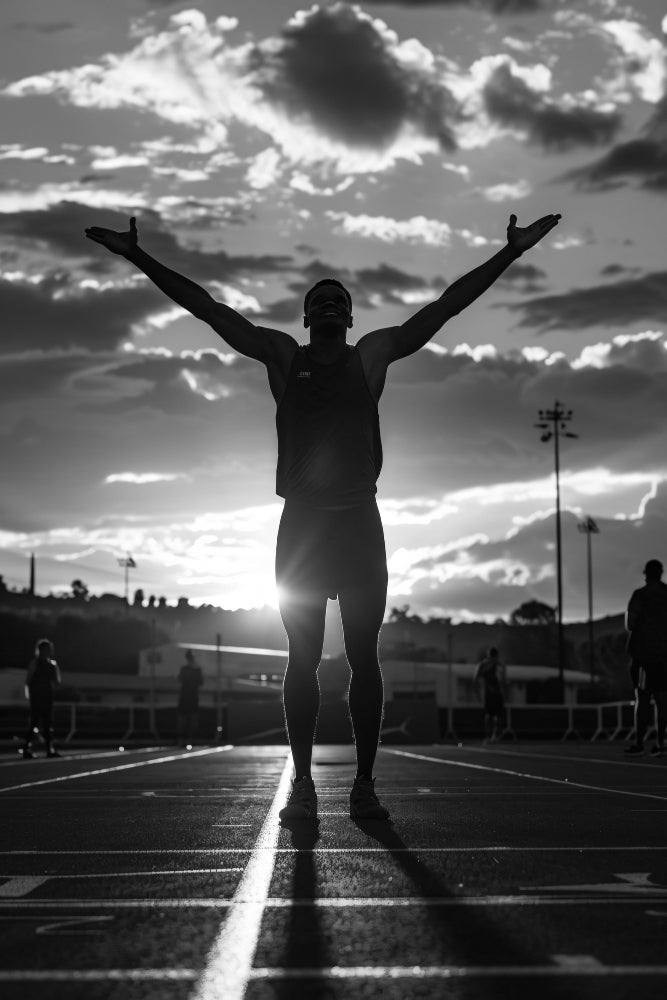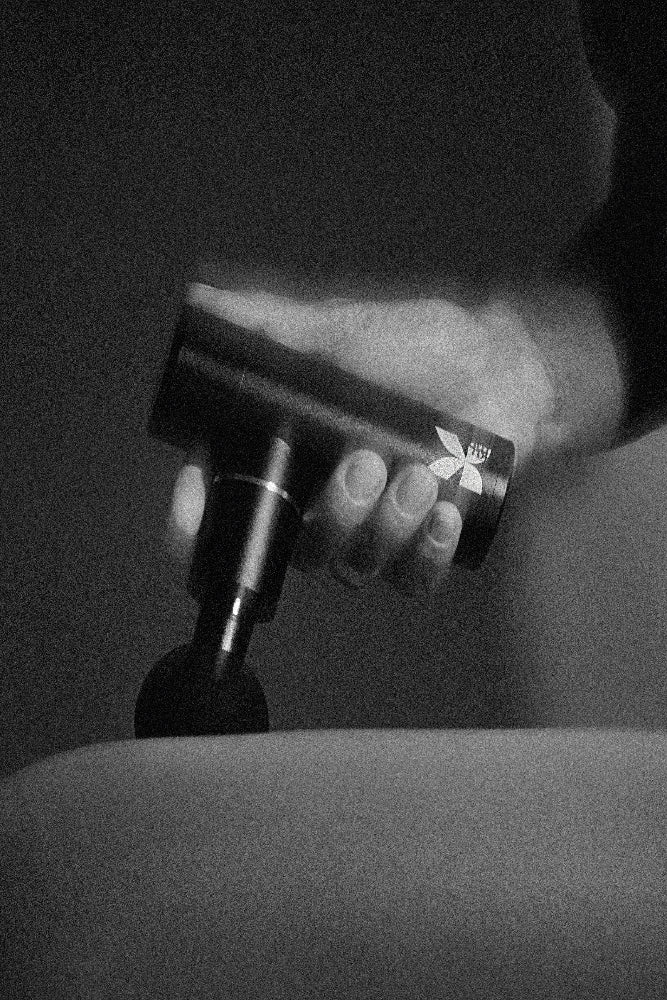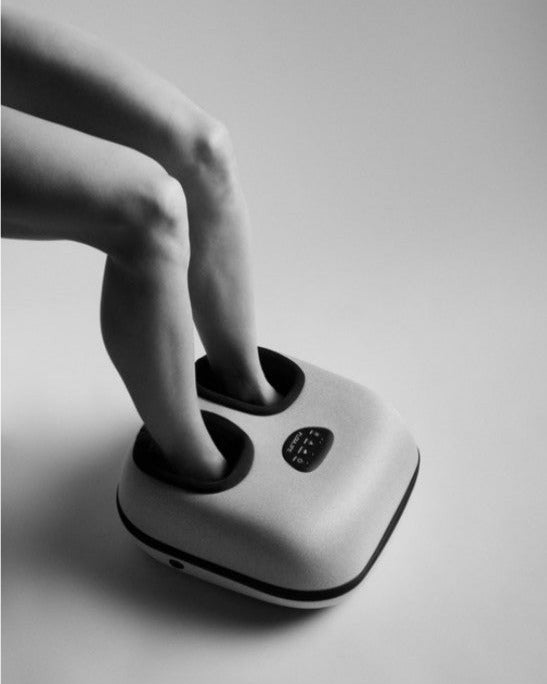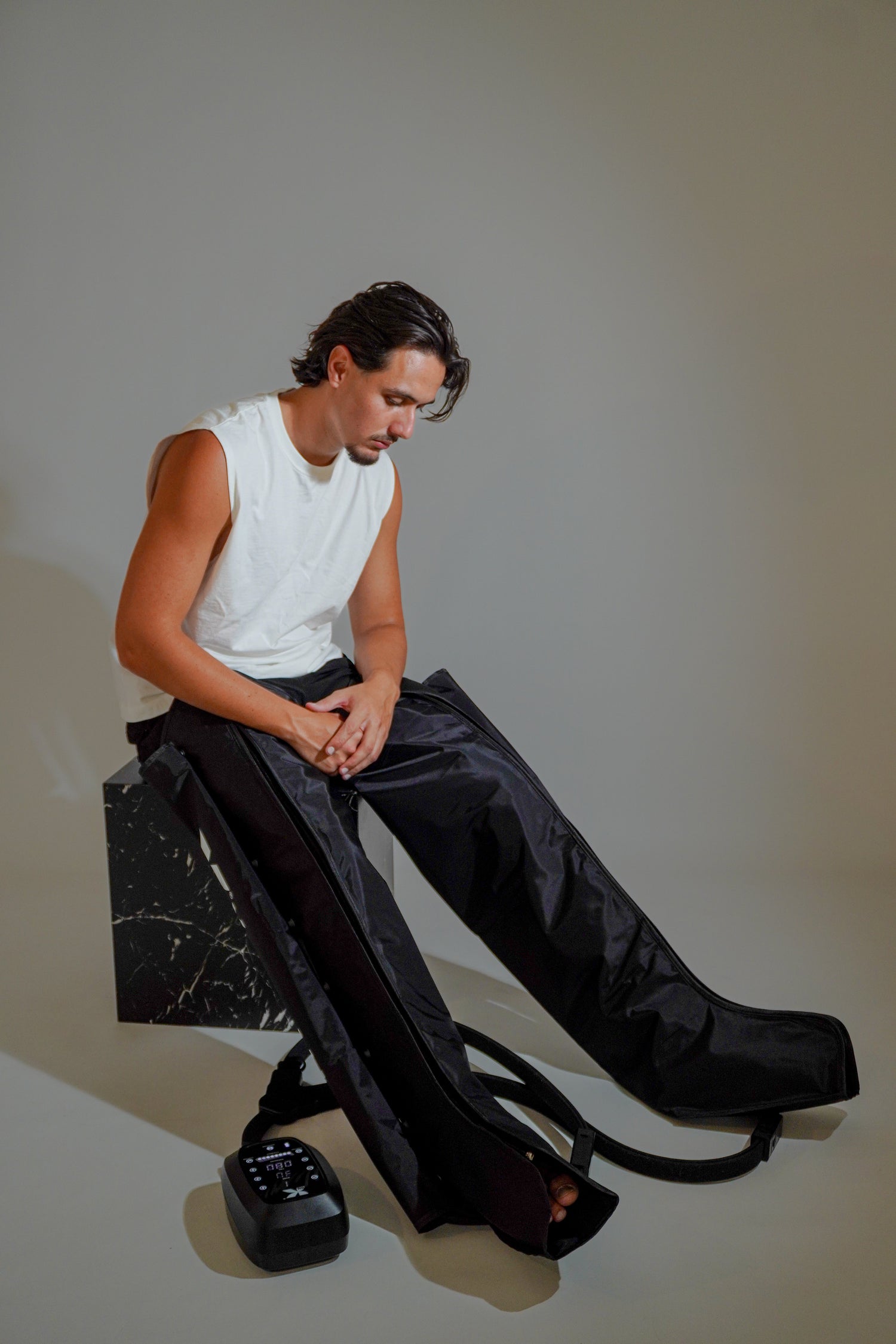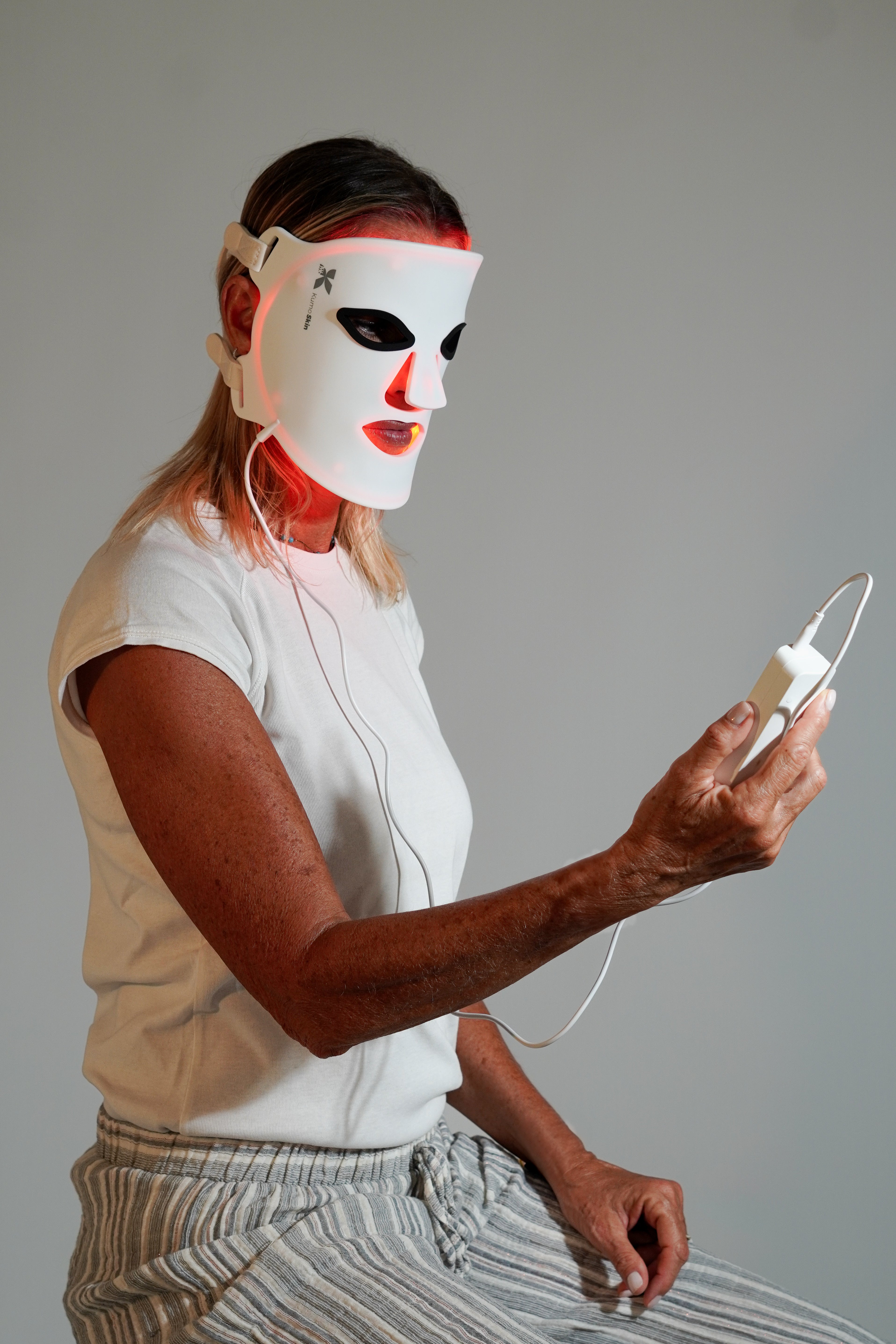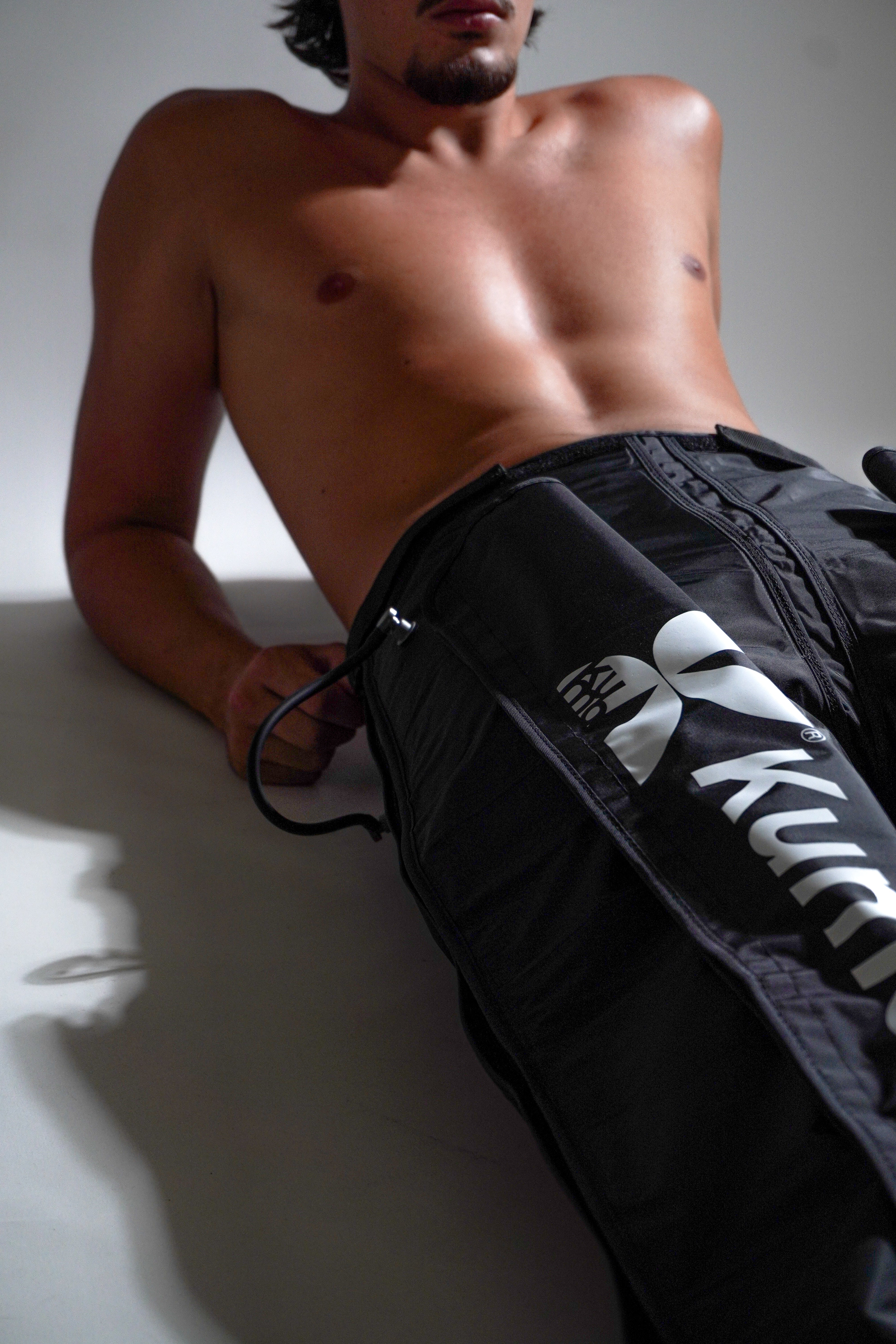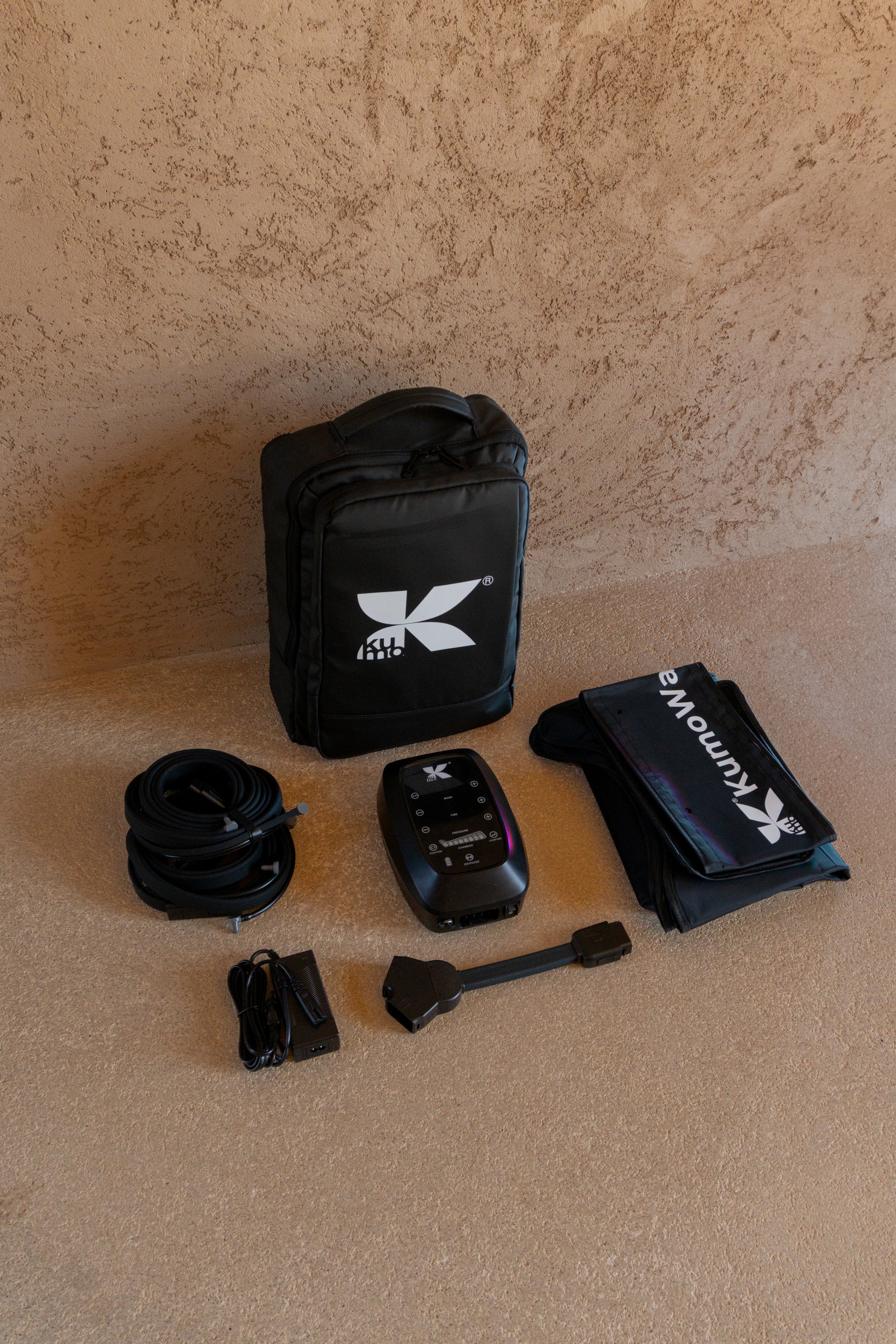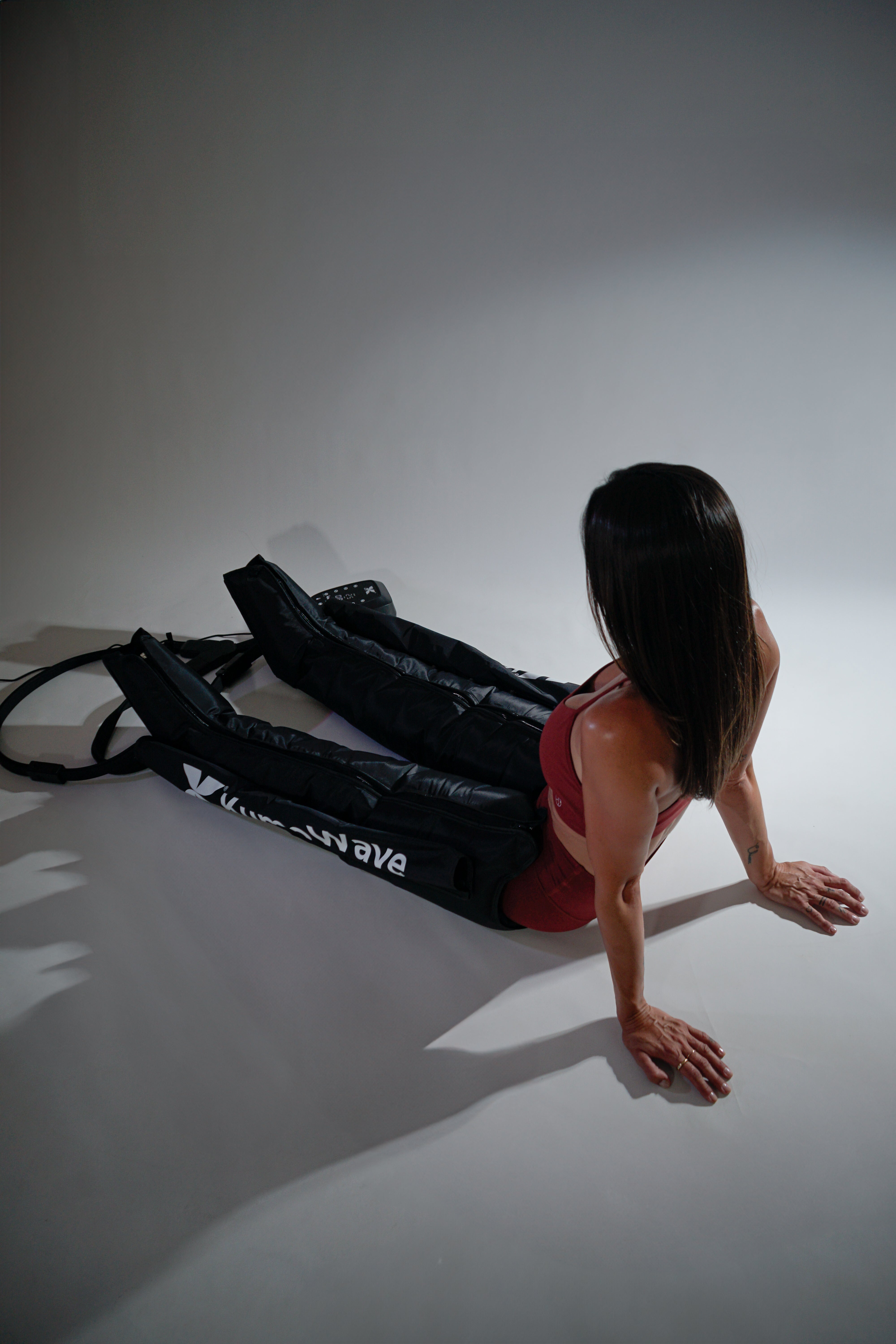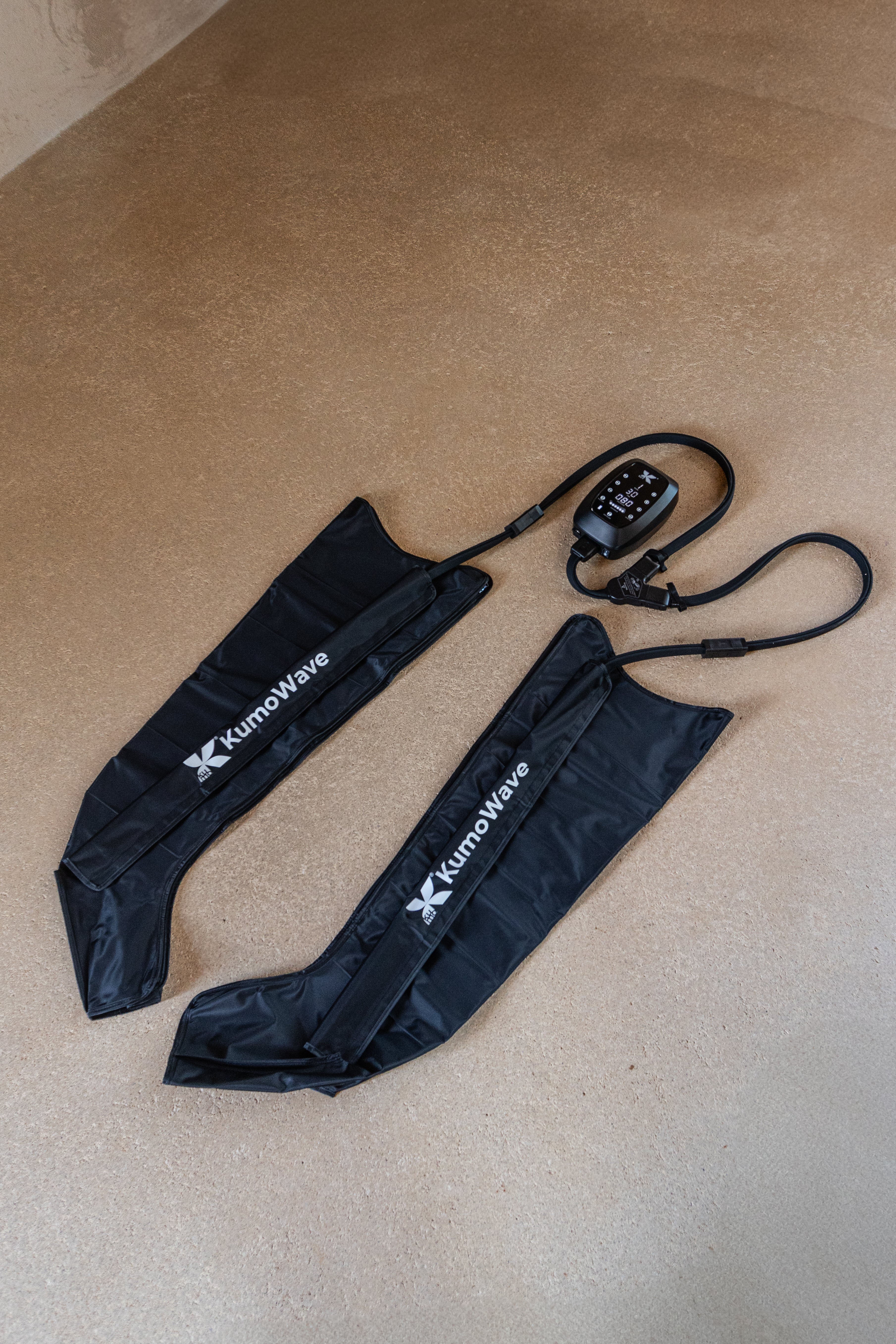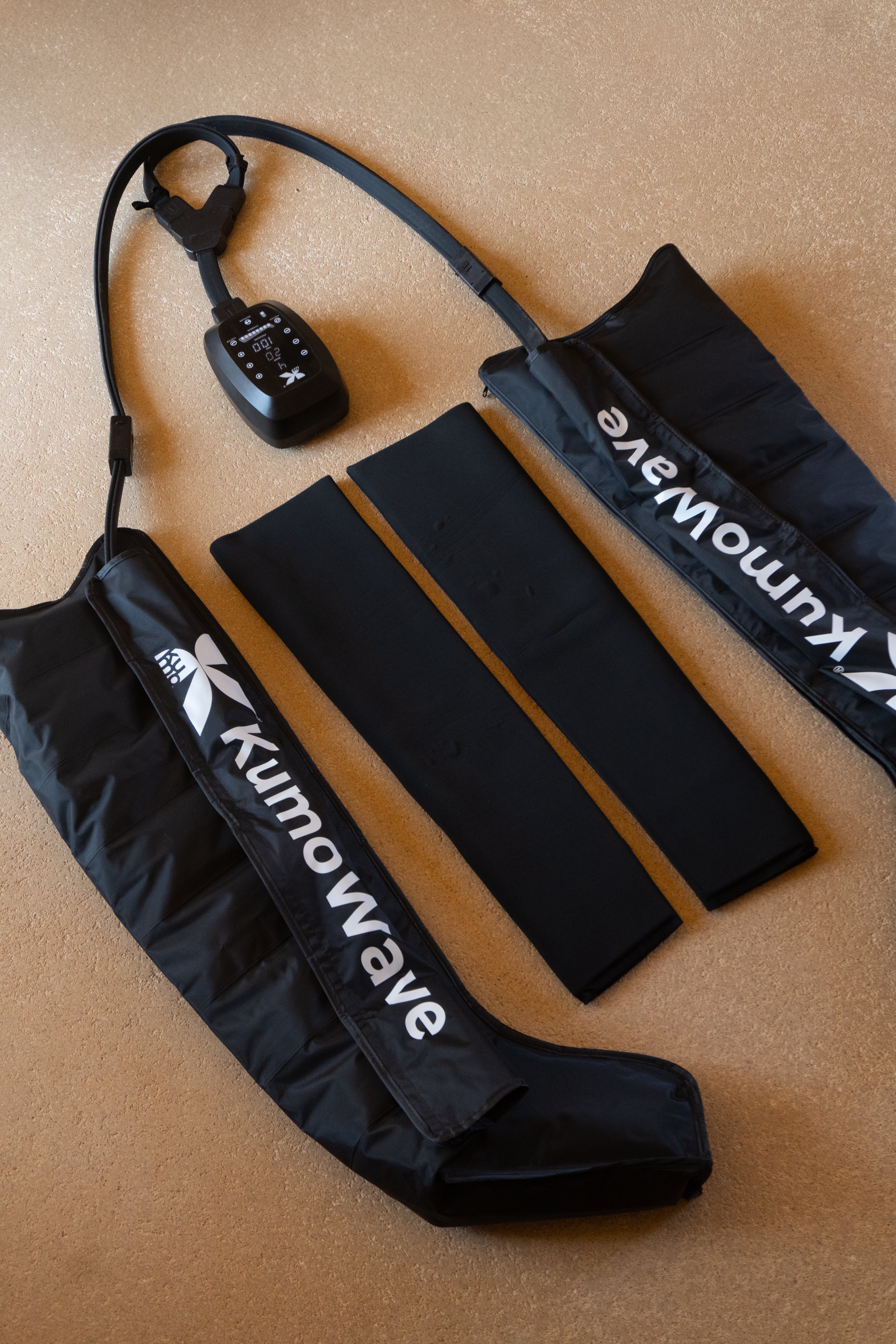Pressotherapy at home: avoid the most common mistakes. In this practical guide, you'll learn what not to do, how to adjust pressure and duration, and how to integrate this technology for better recovery without risks.
Coming soon
- Start with low pressure and 15–20 minute sessions; progress as tolerated.
- Adjust size and compression by zone; not all legs require the same intensity.
- Hydrate, elevate your legs, and maintain your posture to optimize venous return.
- Avoid use if there are contraindications (active thrombosis, skin infections, etc.) and consult if in doubt.
- Clean the covers and leather after each use; record your sensations to adjust your protocol.
| Common mistake | How to avoid it |
|---|---|
| Using too much pressure from day one | Start gently and gradually increase based on feel and response |
| Very long or too close sessions | 15–30 min per zone, with 24 h between intense sessions if fatigue is present |
| Incorrect size or placement | Measure perimeters, adjust zippers/velcro and check sealing |
| Ignoring warning signs (pain, numbness) | Stop the session and reduce parameters; see if it persists |
| Poor hygiene of boots and leather | Clean after each use and allow to air dry; moisturizes skin without prior oiling. |
What is home pressotherapy and how does it work?
Pressotherapy (intermittent pneumatic compression) uses air chambers that inflate and deflate in sequence to promote venous return and lymphatic drainage. At home, it's used to relieve tired legs, speed recovery after training, and reduce the feeling of heaviness.
Clinical evidence supports its use in vascular and lymphatic settings, and its mechanism is based on pressure gradients that push blood and lymph from distal to proximal. For a clear medical description, see the Cleveland Clinic guideline on intermittent pneumatic compression: Cleveland Clinic.
Tip: Think of pressotherapy as mechanical “breathing” for your legs: compression, release, and return.
If you're looking for a comprehensive approach to recovery with reliable technology and polished aesthetics, explore the KUMO universe from the home page .
Common mistakes when doing pressotherapy at home (and how to avoid them)
1) Choosing an inappropriate size or fit
A common mistake is wearing boots that are too loose or, conversely, so tight that they bunch up the fabric. This reduces effectiveness and can cause excessive tingling or indentation.
- How to avoid it:
- Measure your ankle, calf and thigh circumferences and choose the appropriate size.
- Adjust velcro/zippers for a smooth, crease-free seal.
- Check that the inflation sequence is noticeable from bottom to top, without air pockets.
To choose and use a compression system correctly, check out our pressotherapy collection .
2) Starting with too much pressure or duration
Raising blood pressure to the maximum from day one does not accelerate results and can irritate tissues or worsen fatigue.
- How to avoid it:
- First week: 15–20 minutes at low-medium intensity.
- Evaluate the sensation 2–3 h later (lightness vs. overload).
- Increase 10–15% per session if there is no residual discomfort or heaviness.
Clinical guidelines employ moderate pressures progressively based on pathology and tolerance; cautious regulation is key, as indicated by practice recommendations in hospital settings (see NICE guidance on CPI thromboprophylaxis: NICE NG89 ).
3) Bad posture and session environment
Performing pressotherapy while sitting with your knees bent or your torso hunched reduces recovery. Excessive heat and dehydration also don't help.
- How to avoid it:
- Lying down or semi-lying, legs slightly raised (10–20 cm).
- Temperate environment, without additional compression garments.
- Have water on hand; good hydration facilitates drainage.
4) Ignoring contraindications and warning signs
Pressotherapy isn't for everyone at all times. Conditions such as active deep vein thrombosis, skin infections, decompensated heart failure, or open wounds require avoiding or postponing its use.
- How to avoid it:
- If you have vascular disease, diagnosed lymphedema, a high-risk pregnancy, or a pacemaker/implant, please consult beforehand.
- Warning signs: stabbing pain, numbness, discoloration, loss of sensation.
- If in doubt, stop and seek medical advice. MedlinePlus summarizes the management of lymphedema and compression within a supervised approach: MedlinePlus – Lymphedema .
5) Skipping warm-up and skincare
Applying compression to cold muscles or irritated skin may reduce the comfort and effectiveness of pneumatic massage.
- How to avoid it:
- 5–10 minutes of joint mobility or brisk walking before the session.
- Clean, dry skin; avoid heavy oils or creams just before applying (they can damage materials).
- When finished, moisturize with a light lotion and air out your boots.
6) Not adjusting programs by objective
Always using the same program for everything (post-intense workout, office, travel) wastes the tool's potential.
- How to avoid it:
- Post-exercise recovery: more dynamic sequences and short-medium durations.
- Heavy legs from standing: moderate duration and focus on distal areas.
- Extended trip: gentle pre- and post-sessions, prioritizing comfort.
7) Not recording sensations or progress
Without logging, it's difficult to know if your protocol is working or if it needs adjustments.
- How to avoid it:
- Keep a simple diary: date, pressure, duration, immediate and 24-hour sensation.
- Adjust one variable at a time (pressure, time, or frequency) for 3–4 sessions.
- If you don't get any better, please ask or write to us from the contact page.
How to structure a safe and effective session
Follow this basic sequence and customize it according to your answer:
- Preparation: Drink a glass of water and do 5 minutes of mobility.
- Position: Lying down with legs slightly raised; relax your hips and lower back.
- Fitting: Boots without creases and even closure; tension-free wiring.
- Initial parameters: low-medium pressure, 15–20 minutes.
- Sensations during: should feel firm and pleasant, not painful.
- Post-session: walk for 2–3 minutes, rehydrate.
- Record: Record the immediate and delayed response (2–24 h).
- Progression: Gradually increase pressure or duration if everything went well.
To enhance overall recovery, alternate with other low-impact technologies:
- Red light and LED for muscles and restful sleep: LED light therapy .
- Gentle myofascial release on tight chains with KumoPulse Air before or every other day.
Frequency, pressure and times: indicative ranges
There is no "one size fits all" universal protocol; customization is key. As a practical framework:
- Frequency: 3–5 days/week in loading phases; 2–3 in maintenance.
- Session duration: 15–30 minutes per lower limb; avoid exceeding 45 continuous minutes at home unless professionally directed.
- Perceived intensity: firm but comfortable (equivalent to 4–6/10 subjective pressure).
- Progression: If there is no heaviness or pain, increase by 10–15% every 2–3 sessions.
In clinical settings, pneumatic compression is used with different settings according to medical indications. Its supervised use in hospitals is also part of thrombosis prevention measures (NICE guideline NG89: NICE ). For a review of therapeutic indications, see the Cleveland Clinic IPC description.
Use cases and practical examples
Athletes (running, cycling, strength)
After an intense session, apply 20 minutes of moderate compression. If you're competing on the weekend, add a gentle 15-minute session the day before to "decongest" without fatigue. For example: after a 12-km run, do mobility exercises, hydrate, and use pressure therapy with a distal-proximal sequence, finishing with diaphragmatic breathing for 3 minutes.
Office, teleworking and long trips
If you spend hours sitting, schedule 15–20 minutes at the end of the day. Avoid crossing your legs and elevate your feet. After flights, a gentle session can reduce the feeling of bloating. Remember to get up every 60–90 minutes to walk around for 2–3 minutes.
Heavy legs and slow venous return
On days when you spend a lot of time on your feet, prioritize moderate exercise frequency and elevated postures. If you have a vascular diagnosis, consult your specialist to adapt the parameters to your situation.
How to integrate it into a KUMO recovery routine
A consistent recovery intelligently combines several tools:
- Pressotherapy 3–4 times/week after key workouts to promote return.
- Red LED on loaded muscles 10–20 minutes, every other day: LED light therapy .
- Selective myofascial release with KumoPulse Air in hypertrophic or knotted areas.
- Sleep hygiene and nasal breathing to consolidate recovery.
- To choose your equipment and answer any questions, visit the pressotherapy collection or contact us. You can also start from the KUMO home page .
Frequently Asked Questions
What pressure should I use if it's my first time?
Start with a low-medium pressure that feels firm but comfortable, without pain or numbness. The practical reference is a 4–6/10: you feel the hug of the boot, but can relax and breathe normally. Hold for 15–20 minutes the first week and assess your response after 24 hours. If there is no heaviness or discomfort, gradually increase the pressure (by 10–15%). For vascular or lymphatic conditions, always follow your healthcare professional's guidelines.
How often can I do pressotherapy?
For sports recovery, 3–5 times per week is usually effective. On busy days, prioritize shorter, gentler sessions; after maximum effort, wait at least 24 hours before another intense session. For maintenance or wellness, 2–3 times per week is sufficient. Adjust based on your response: if you feel heavy the next day, reduce pressure or duration. Avoid prolonged unsupervised sessions.
Can I use it if I have varicose veins or lymphedema?
Varicose veins and lymphedema require individual assessment. Pneumatic compression may be helpful, but the indication and parameters should be tailored to the clinical case. Avoid its use if there is active thrombosis, skin infection, open wounds, or decompensated heart failure. For a general overview of lymphedema and its management, review MedlinePlus and consult with your physician or vascular physical therapist before starting.
Is it better before or after training?
Most users notice the greatest benefit after training or at the end of the day, when congestion is most common. If you use it pre-workout, keep it gentle (10–15 minutes) to "decongest" without fatigue. Post-workout, opt for 15–25 minutes at a moderate intensity, accompanied by hydration and light mobility. Avoid doing it right before bed if it makes you more energized; try doing it 1–2 hours before bedtime.
How do I combine it with other recovery tools?
Think synergistic, not redundant. You can perform mobility and myofascial release with KumoPulse Air , then your pressotherapy session, and on alternate days, apply red LED light to stressed muscle groups. Keep the total number of sessions to 30–45 minutes to avoid overrecovering. Adjust frequency and intensity based on your training schedule and how you feel the next day.
Keys to remember
- Start simple: low pressure, 15–20 minutes, legs elevated, and good hydration.
- Adjust by goal (sports, office, travel) and by how you feel the next day.
- Avoid use with contraindications and if you experience warning signs; consult if you have any questions.
- Maintain the hygiene of boots and leather for comfort and durability of the equipment.
- Integrates with mobility, red LED and myofascial release for 360° recovery.
- Take the next step and explore high-performance solutions at KUMO: kumobalance.com .
